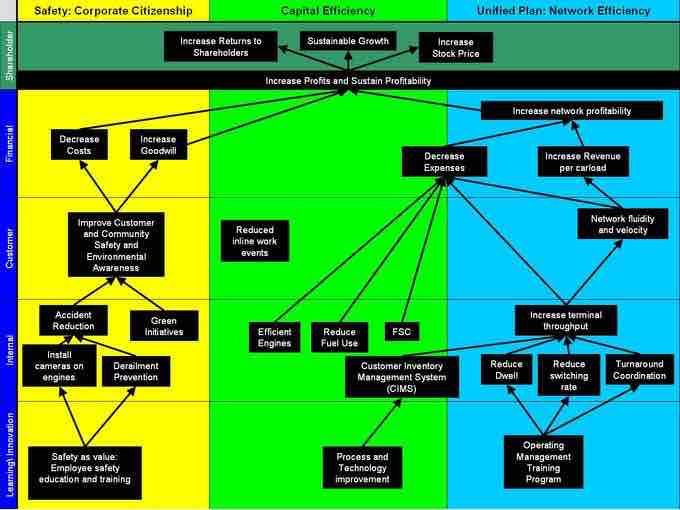Strategic management can depend on the size of an organization and the proclivity of change in its business environment. In the U.S., an SME (small and medium enterprise) refers to an organization with 500 employees or less, while an MNE (multinational enterprise) refers to a global organization with a much larger operational scope. Size is highly relevant to organizational strategy and structure, and understanding the influencing factors is important for management to elect optimal strategic plans.
Strategic Management in Large Organizations
MNEs (multinational enterprises) may employ a more structured strategic management model due to its size, scope of operations, and need to encompass stakeholder views and requirements. MNEs are tasked with aligning complex and often dramatically different processes, demographic considerations, employees, legal systems, and stakeholders. Due to the wide variance and high volume of business, upper management needs stringent control systems embedded in the managerial strategy to enable predictability and conformity to mission, vision, and values.
For example, McDonald's operates restaurants all over the globe. They have different menus in China than in France due to differing consumer tastes. They also have different hiring standards, regulations, and sourcing methods. How does management create a strategy that doesn't confine these geographic regions (and lose localization) yet still maintains each region's alignment with the mission, vision, and branding of McDonald's?
Low-cost Strategy
Ideally, McDonald's can construct careful strategic models and systems which control the critical components of the operations without hindering the localization. From a strategic point of view, this involves creating a system of quality control, reporting, and localization that maintains the competitive advantage of scale economies and strong branding. Large firms such as McDonald's often achieve better scale economies and thus can pursue low-cost strategies. This requires enormous managerial competency with meticulously crafted strategies at various levels in the organization (including corporate, functional, and regional).
Strategic Management in Small Firms
SMEs (small and medium enterprises) may employ an entrepreneurial approach due to its comparatively smaller size and scope of operations and limited access to resources. A smaller organization needs to be agile, adaptable, and flexible enough to develop new strengths and capture niche opportunities within a competitive industry with bigger players. This requires fluidity in strategy while simultaneously maintaining a predetermined vision and mission statement.
Achieving this requires a great deal of balance; it often requires a strategy that is created to enable multiple paths to the same objectives. Small firm strategies often incorporate flexibility to capture new opportunities as they arise, as opposed to maintaining an already well-established competitive advantage.
Differentiation
In most cases, low-cost strategies require substantial economies of scale. Because of this constraint, smaller firms most often use differentiation strategies that focus on innovation over efficiency. Enabling creativity and innovation is strategically difficult to do as it requires a hands-off approach that empowers autonomy over structure. Innovate ideas are primarily trial and error, and so instilling creativity into a strategic process is also a high-risk approach.

Example of a strategy map
This image is an example of a strategy map that organizes a firm's stakeholder interests. You can see the firm's three main goals across the top (corporate citizenship, capital efficiency, and network efficiency) and the categories of potential actions down the left (learning innovation, internal action, customer action, and financial action).